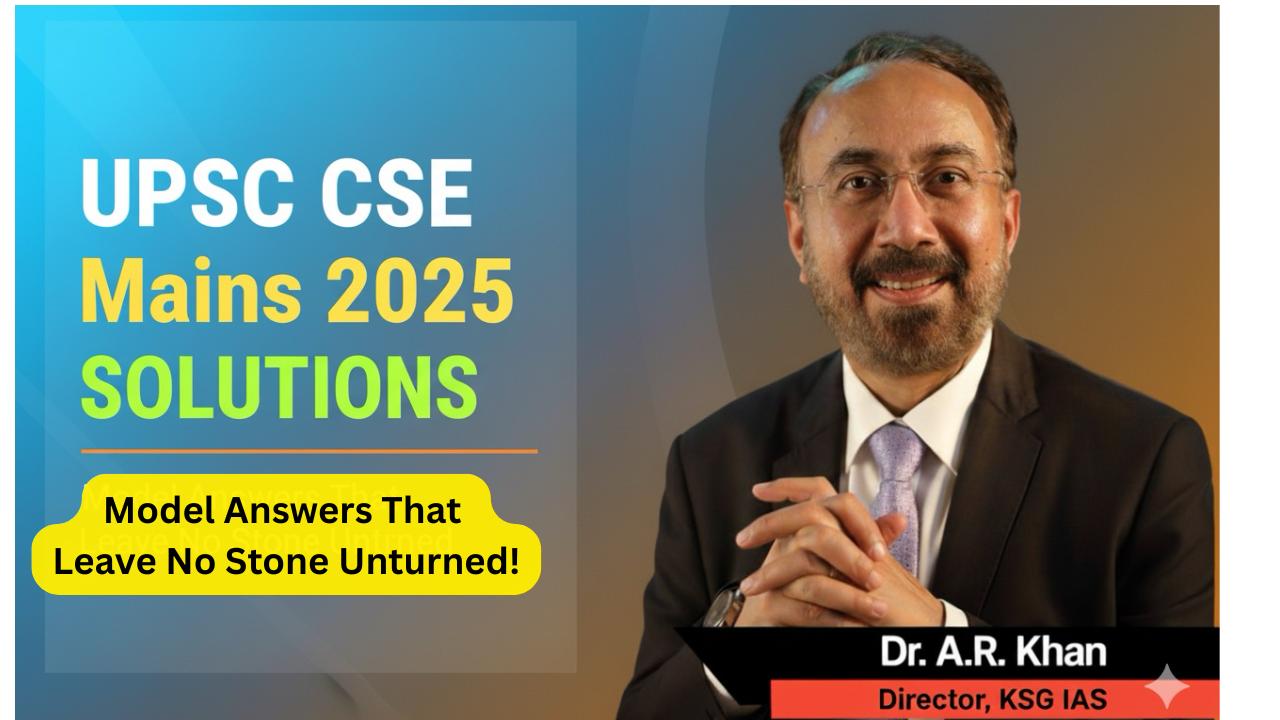Q. Does tribal development in India centre around two axes, those of displacement and of rehabilitation? Give your opinion.
Possible Introductions
Contextual
Tribal communities (~8.6% of India’s population, Census 2011) have historically lived in ecologically rich but economically marginalised areas. Development projects — dams, mining, industries — have often led to large-scale displacement and subsequent rehabilitation debates.
Philosophical
The tribal development discourse in India has been paradoxical: while framed as empowerment, it has often manifested as displacement in the name of progress, followed by inadequate rehabilitation.
Fact-based
The World Bank (2007) estimated that tribals constitute 40% of displaced persons in India’s development projects, despite being less than 10% of the population.
Main Body
1. Displacement as Central Axis of Tribal Development
-
- Large Dams: Narmada, Hirakud, Polavaram → submerged tribal villages.
- Mining & Industrial Projects: Niyamgiri (Odisha), Chhattisgarh coal belt → displacement without adequate consent.
- Forest Conservation Projects: Tiger Reserves, National Parks → eviction of forest dwellers.
- Urbanisation & Infrastructure: Highways, SEZs → loss of land, livelihood, cultural identity.
2. Rehabilitation as the Second Axis
-
- Policy Measures: Land-for-land, cash compensation, housing, jobs.
- Legal Frameworks: Rehabilitation & Resettlement (R&R) Policy, 2007; Right to Fair Compensation & Transparency in Land Acquisition Act, 2013.
- Challenges: Often delayed, inadequate, culturally insensitive. Example: Narmada Bachao Andolan highlighted poor rehabilitation of Adivasis.
3. Critical Opinion – Is Tribal Development Limited to These Two Axes?
Yes, Dominantly
-
- Historically, tribal development policy has been reactive, focused on handling displacement caused by “mainstream” development.
- R&R dominates the discourse more than proactive empowerment.
But Should Not Be Only
-
- Education & Skill Development: Eklavya Model Schools, Ashram schools.
- Health & Nutrition: Tribal Health Mission, Vanbandhu Kalyan Yojana.
- Political Empowerment: PESA Act (1996), FRA (2006) enabling self-governance.
- Economic Initiatives: TRIFED, Minor Forest Produce procurement, PM-PVTG Mission (2023).
- Cultural Safeguards: Safeguarding traditions, languages, ecological practices.
Sweet Spot – Table
| Axis | Examples | Impact | Limitation |
|---|---|---|---|
| Displacement | Dams (Sardar Sarovar), Mines (Niyamgiri) | Loss of habitat, livelihood | Alienation, protests |
| Rehabilitation | R&R Act, cash compensation | Housing, land, jobs | Often delayed, poor implementation |
| Beyond These | FRA 2006, PESA 1996, TRIFED | Empowerment, rights, livelihood security | Uneven enforcement |
Possible Conclusions
Balanced
While displacement and rehabilitation dominate the discourse, true tribal development must expand to empowerment, rights, and inclusion, not just relief measures.
Policy-linked
Implementation of PESA, FRA, PM-PVTG Mission is crucial to move from compensatory rehabilitation to participatory development.
Philosophical
As Verrier Elwin suggested, tribals should not be treated as subjects of pity but as equal partners in development.
Forward-looking
India@2047 must redefine tribal development beyond displacement–rehabilitation, focusing on self-governance, dignity, and ecological harmony as the central axes.

